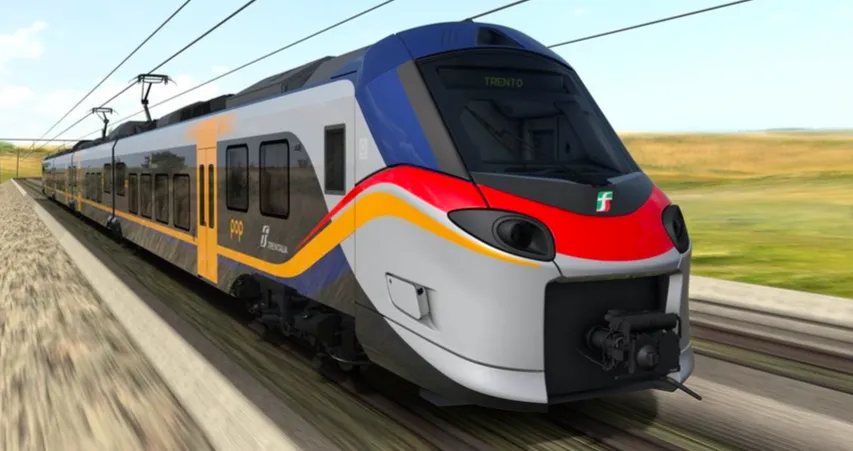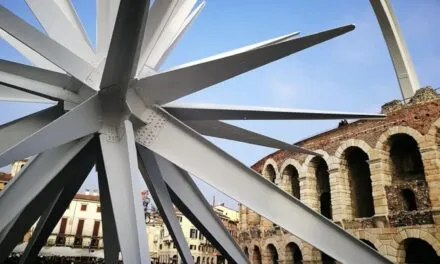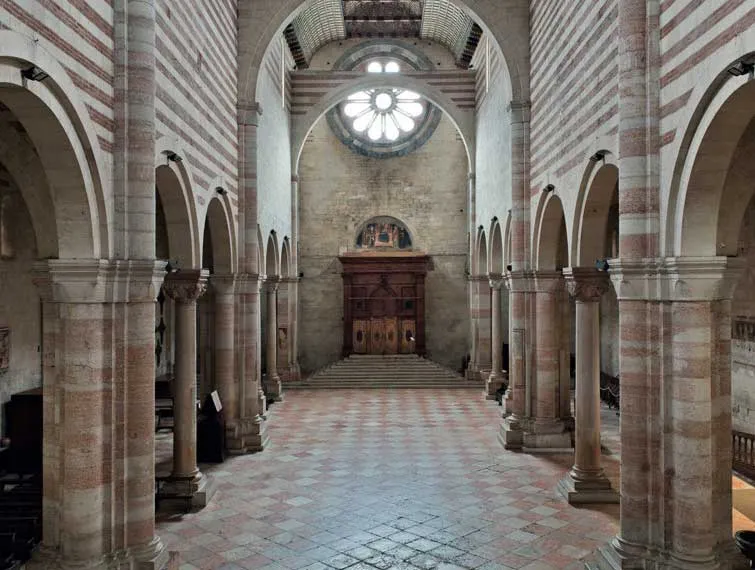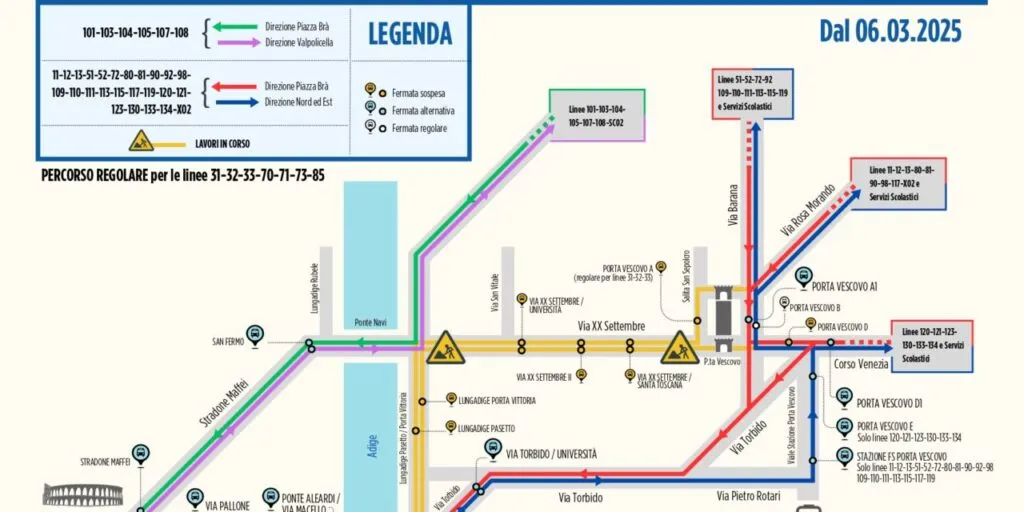(rfg) The solution came from the combined forces of the Veneto Region, the local administrations and RFI (the Italian company specialising in railway infrastructure): the railways, which already connect Riva, on the north side of the Trentino coast, have considered the connections of Verona, the Verona-Villafranca “Catullo” airport, the city of Mantua and the airport, and the lake, finding profit margins in this operation.
Next month the Region will hold talks with local administrations for a technical-financial review. “There is still no route – confirms Elisa De Berti, Veneto’s Vice-President in charge of infrastructure – and there is still no definitive vehicle: but it doesn’t matter whether it will be a light metro, a people mover or a service on wheels; what matters is that there will be a way to move passengers from Verona, through Villafranca airport, to the lake, adding a service and boosting the growth of Lake Garda and this time it will be sustainable“.
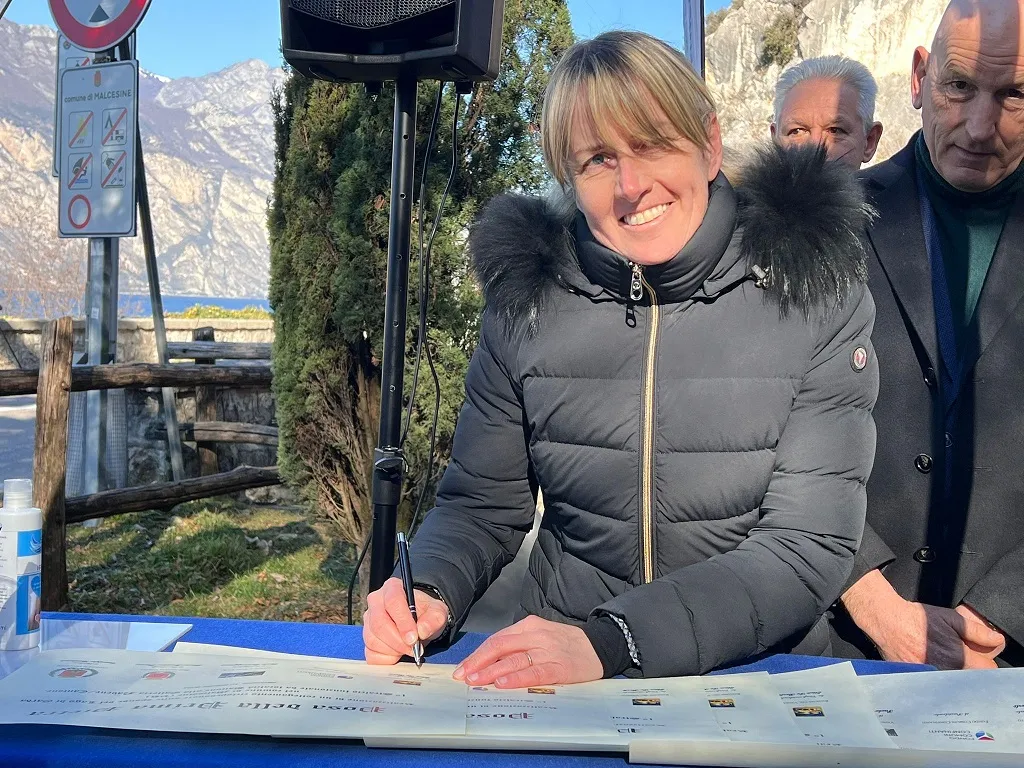
And there could be another infrastructure to join the RFI: “There is not only the small station of Peschiera Del Garda – points out Giovanni Dal Cero, one of the mayors of the villages near the lake – in Castelnuovo del Garda the old station is not used. The new lines could include it, or it could be added to the ones that will be reopened, and it could be done in a short time“.
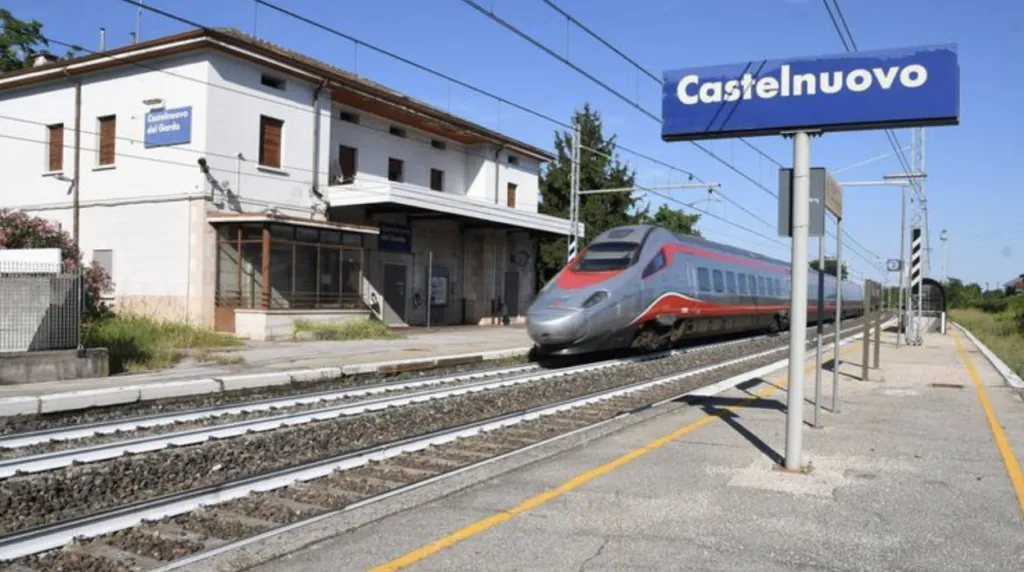
In addition to the new metropolitan line (Studying at the University of Brescia), in order to make transport in this area more sustainable, it is planned to improve the services of Navigarda (Navigarda manages ferry connections), which links the towns on the lake thanks to its ferries: the mayors are asking for the routes offered to be extended, for the timetables to be improved, and for the main towns on both coasts to be linked so that tourists and residents don’t have to use their cars to eat a pizza.
The public services on wheels will also be greatly improved, with routes linking the main places on the lake to reduce traffic, noise and pollution. “We already have a public that is used to using public transport, which they find more comfortable than the private car – says Giovanni Dal Cero. This will allow tourists to move more and have dinner without worrying too much about DUI checkpoints“.

Things are about to change thanks to the new cycle path on Lake Garda: a massive project that has already begun and is being financed by the Italian Republic and the regions that control the lake (Lombardy, Veneto and the autonomous province of Trento). The cycle path will change the way in which tourists can experience the lake, never taking a break and always doing some kind of physical activity. This project will allow the renovation of the Gardesana (the road that runs along the lake) with the construction of new roundabouts necessary for safety. In the future, other than completing the path along the lake, this cycle path will be connected to the Ciclovia del Sole, which comes down from north along the Valdadige, connecting Patrengo, Bardolino and Lazise.
The first electric dinghy to navigate the waters of Lake Garda.
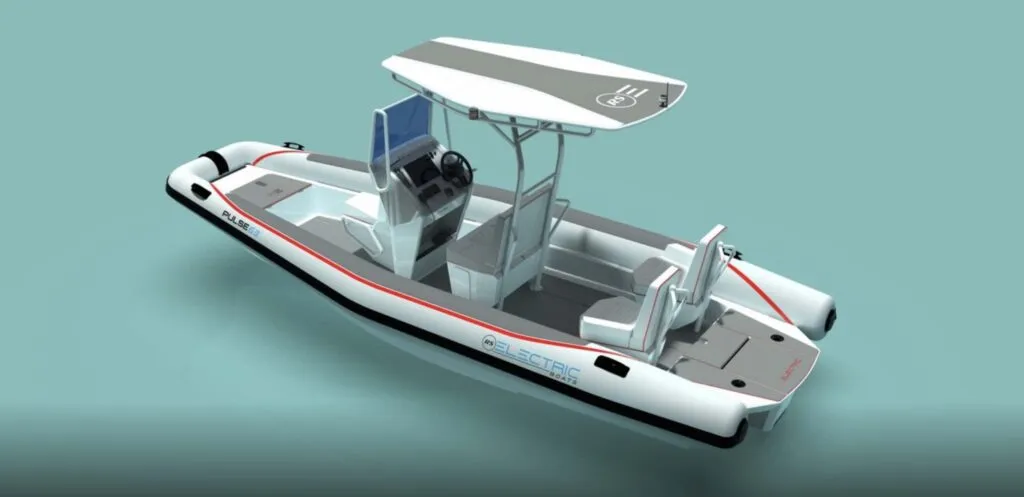
Speaking of sustainable mobility, following the adoption of the first electric buoys in 2019, the ‘Rs pulse 63’ project has created a boat with the perfect autonomy, speed and manoeuvrability to replace the current fleet of internal combustion dinghies. it was presented only a couple of months ago at the Circolo Surf Torbole. Since the 1980s, motorised sailing has been banned in the waters of Lake Garda in Trentino, and electric mobility is definitely a direction to take: the racing world itself is moving in this direction.

